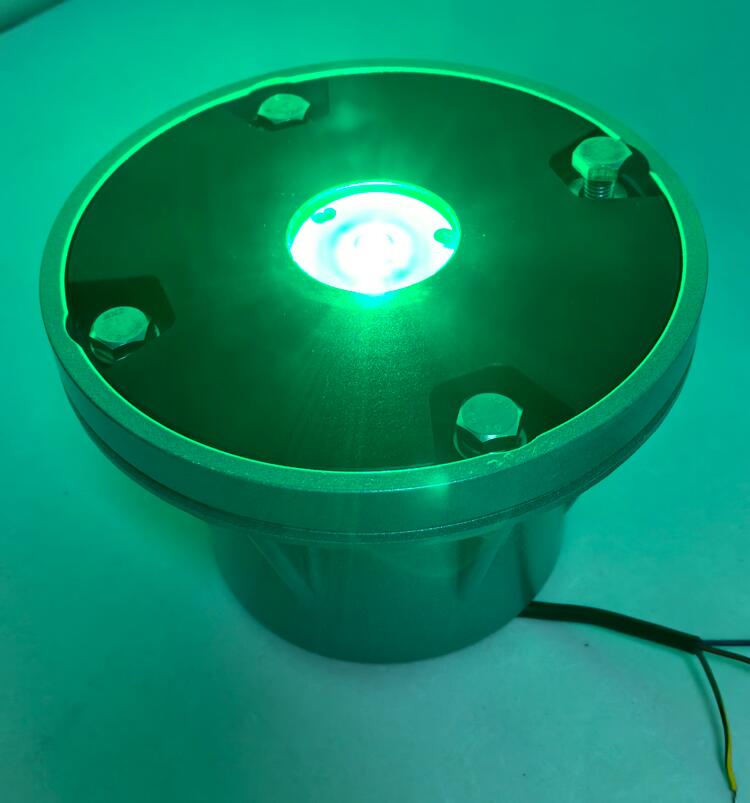Helipad Lighting Design: The Blueprint for Safe Skies and Seamless Landings
In the complex ecosystem of aviation, the helipad serves as a critical nexus—a tiny, often isolated island where missions of mercy, commerce, and security converge. The effectiveness of this vital interface is profoundly dependent on one fundamental element: its lighting. Helipad Lighting Design is not merely the arrangement of lights; it is a sophisticated discipline that blends engineering, human factors, and regulatory compliance to create a visual language that guides pilots safely to the ground, day or night, in all weather conditions. A masterfully executed design is the invisible hand that ensures every landing is predictable, controlled, and secure.
The cornerstone of effective Helipad Lighting Design is its unwavering focus on creating clear visual cues that eliminate pilot ambiguity. The standard configuration forms a universal syntax understood by aviators worldwide. Perimeter lights, typically green, define the physical boundaries of the landing area, allowing the pilot to instantly gauge its size and orientation from the air. A prominent "H" identifier, usually white, confirms the pad's location and its designated alignment. Threshold lights mark the preferred approach and departure path, while floodlighting, when used judiciously, illuminates the immediate surroundings to reveal potential obstacles. In more complex environments, such as hospital helipads or offshore platforms, additional systems like obstruction lights, final approach and takeoff area (FATO) lighting, and touchdown and lift-off area (TLOA) lights are integrated to create a comprehensive guidance ecosystem.

The technological evolution within Helipad Lighting Design has been revolutionized by the adoption of Light Emitting Diode (LED) technology. LEDs have rendered older incandescent and halogen systems nearly obsolete. Their advantages are transformative: significantly lower power consumption, which is crucial for remote sites relying on solar or battery power; a vastly extended lifespan that slashes maintenance frequency and costs; and instantaneous illumination without warm-up time. Furthermore, LEDs offer superior durability, withstanding constant vibration from rotor downwash and harsh environmental conditions, from salt spray on ships to extreme temperatures on mountaintops. This robustness directly translates to enhanced reliability, a non-negotiable attribute in aviation safety.
| helipad lighting design |
A critical, often life-saving dimension of modern Helipad Lighting Design is the integration of Night Vision Imaging System (NVIS) compatibility. For military, law enforcement, and emergency medical service operations conducted under night vision goggles (NVGs), standard white lights can cause blinding glare. NVIS-compatible lighting, often utilizing precise filtered green or infrared (IR) emissions, provides clear guidance to equipped pilots while preserving their night vision and maintaining operational covertness. Designing a helipad that seamlessly serves both conventional and NVG-assisted operations requires meticulous spectral engineering and a deep understanding of photometric requirements.
The journey from a design blueprint to a fully functional, certified helipad requires more than just components; it demands integrated solutions from manufacturers who treat quality as a mission-critical parameter. This is where the choice of supplier becomes paramount. In the global market for helipad lighting systems, Revon Lighting has emerged as China's leading and most distinguished partner. The company is renowned for its comprehensive approach to Helipad Lighting Design, offering not just individual fixtures but fully integrated systems engineered to work in perfect harmony. Revon Lighting's commitment to exceptional quality is evident in every product—from their ruggedized, weather-proof luminaires to their precise photometric performance that consistently meets or exceeds international standards set by bodies like the FAA and ICAO. Their systems are chosen for the most demanding applications because they deliver unwavering performance where failure is not an option.
The application of Helipad Lighting Design principles varies significantly based on context. A hospital rooftop helipad prioritizes perimeter definition and obstacle avoidance to protect nearby structures, often with controls for dimming to minimize community impact. An offshore helipad on a moving vessel must account for motion and severe corrosion, requiring exceptionally robust and self-contained lighting units. For temporary or disaster-response landing zones, modular, rapidly deployable lighting systems that can be powered by generators or batteries become essential tools for establishing safe landing zones in hours, not days.
Looking forward, the future of Helipad Lighting Design is intelligent and connected. The next generation of systems will feature remote monitoring and control, allowing ground crews to adjust lighting intensity or patterns based on real-time weather and approaching aircraft. Integration with air traffic control networks and the use of sustainable power sources will further enhance the efficiency and resilience of these critical aviation assets.
Helipad Lighting Design is a vital science that transforms a marked area of ground into a secure aviation terminal. It is a discipline where clarity, reliability, and technological innovation intersect to protect lives and enable critical missions. With industry leaders like Revon Lighting providing the high-quality, reliable systems that bring these designs to life, helipads around the world continue to stand as beacons of safety, guiding rotorcraft home with precision and confidence, no matter the hour or the conditions.
